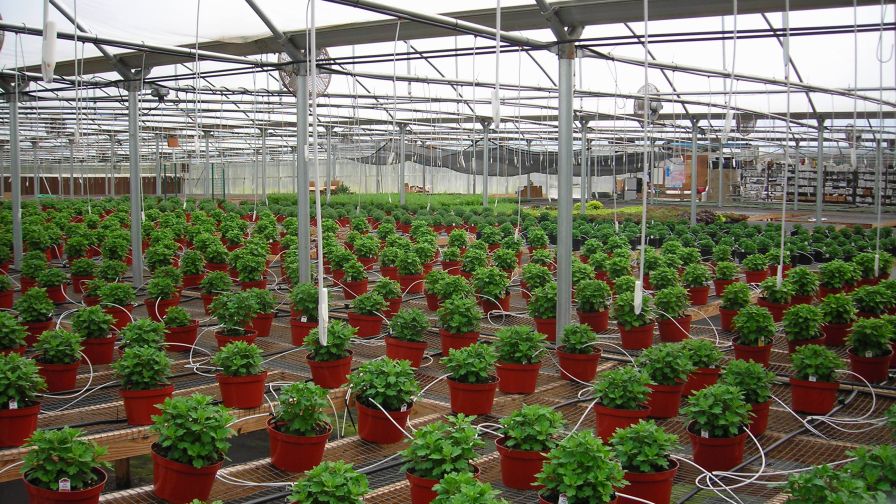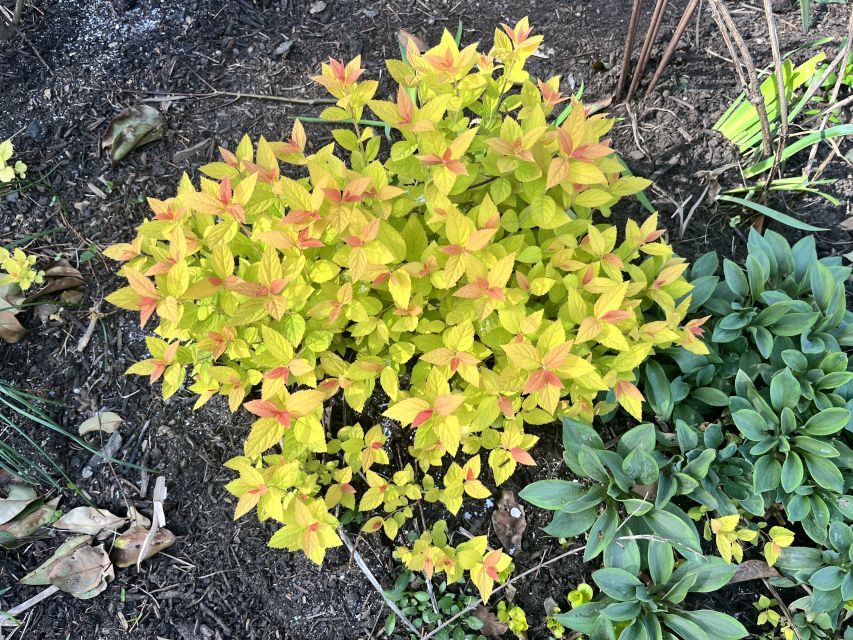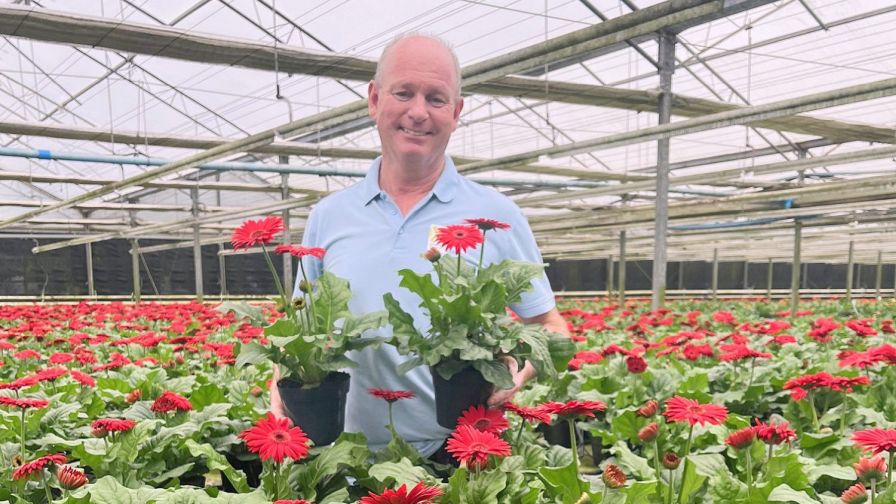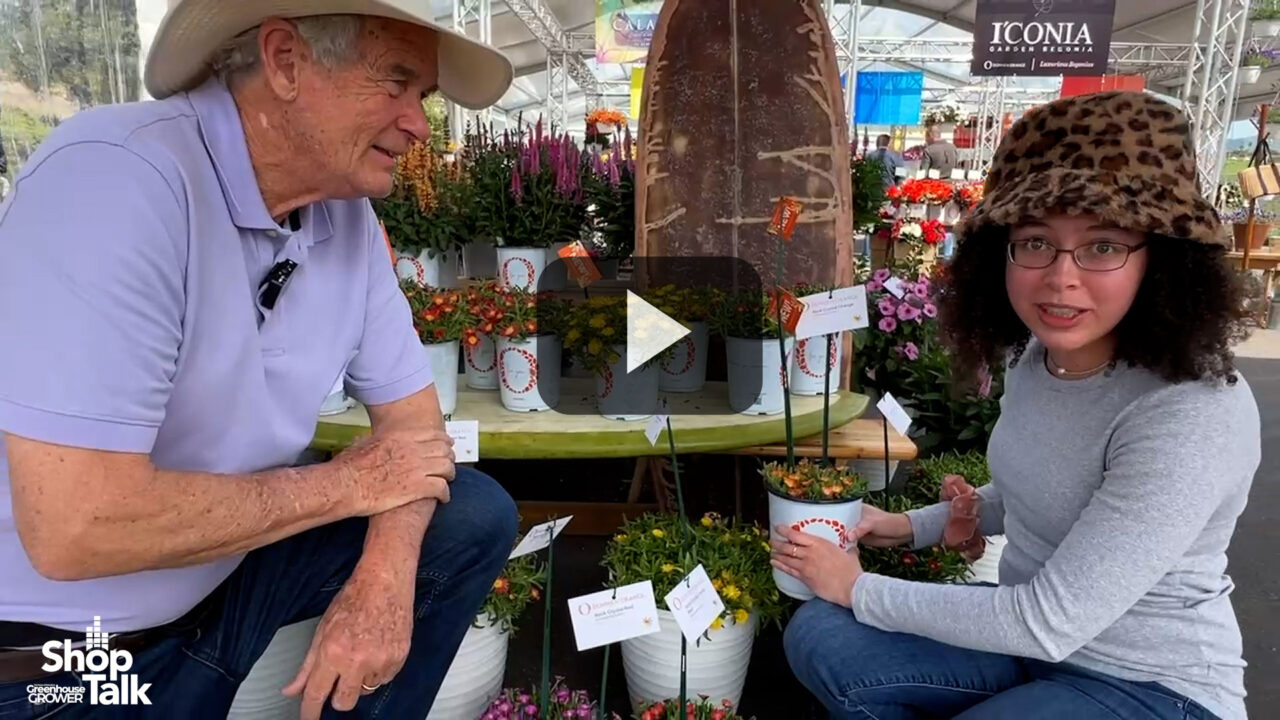Why More Gardeners are Starting to Grow Native Plants

Photo courtesy of Gail Langellotto
More gardeners are starting to take interest in planting native plants according to Gail Langellotto, Professor of Horticulture at Oregon State University.
Greenhouse Grower sat down with Langellotto to see why native plants and pollinators have begun to trend with gardeners.
GG: What are the newest trends with native plants?
Gail Langellotto: In our region of the U.S., the Pacific Northwest, we’re seeing more gardeners install native plants because of documented benefits to pollinators. Our research has found that globe gilia (Gilia capitata), California poppy (Eschscholzia californica), Douglas aster (Symphyotrichum subspicatum), Oregon sunshine (Eriophyllum lanatum), and common yarrow (Achillea millefolium) are plants native to our region that are highly attractive to both gardeners and pollinators.
GG: What are we learning about the way consumers want to use these plants?
Langellotto: Native plants in the garden are a new approach for some of the gardeners that we work with. These gardeners have gardens overflowing with gorgeous arrangements of flowering plants. With these gardeners, we’re finding that they try out native plants in small spaces or in tucked–away plantings, to make sure they perform to their expectations. Over time, we see them expanding space for native plants. Many of the native plants we work with are drought tolerant, which brings the added benefit of reduced water use. We’re finding that pulling back on water use, particularly overhead irrigation, is also better for pollinators.
GG: What’s the current thinking for gardening? Should we be planting all natives or a mix? What’s up and coming in terms of native plants? Is more education needed for consumers?
Langellotto: I love native plants, but I also love non-native ornamentals. They both have their place in a garden. If you want the biggest ecological impact from your plant choices, I would invest in a native tree or two. Doug Tallamy’s research does a great job of documenting the huge benefits of native trees to an array of wildlife. If you’re nervous about using native plants, I tell folks to start by tucking them into a few areas of your garden. My personal favorite for our region is Douglas aster. With long–lived blooms and even under extreme drought, it is one of our best native plants for native bees.
More education for consumers is needed. We found [adding] short messages about bees improved gardeners’ likelihood of planting natives. It also substantially improved the impressions of plants that gardeners had previously found unattractive (such as with Phacelia heterophylla).
This article is part of a series on native plants. To see the first article on green infrastructure, click here.










